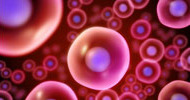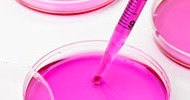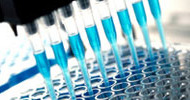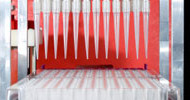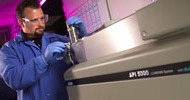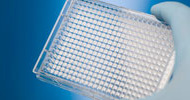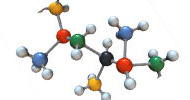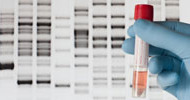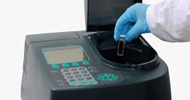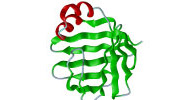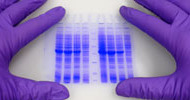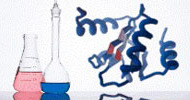Description
Easy, robust assay for detecting reactive oxygen speciesMadison, WI USA. (October 01 2013): Promega Corporation announced today the launch of the ROS-Glo™ H2O2 Assay. A non-horseradish peroxidase (HRP)-dependent, plate-based bioluminescent assay for detecting reactive oxygen species (ROS), ROS-Glo H2O2 Assay is designed to specifically detect hydrogen peroxide (H2O2) in both enzyme and cell-based applications.
The ROS-Glo H2O2 Assay measures the activity of enzymes that generate or eliminate H2O2, and possesses many benefits over other commercially available assays for small molecule screening, including low false hit rate, signal stability, and compatibility with liquid handling. Importantly for screening applications, the assay does not rely on a reaction catalyzed by HRP, which is known to cause a high number of false hits. The assay can also be used to measure changes in the level of ROS by directly detecting H2O2 in cultured mammalian cells after two reagent additions, with no cell sample preparation required, reducing variability and the number of cells required.
The new assays enable researchers to more effectively study the biology of ROS, and to screen large compound libraries for their capacity to alter H2O2 levels in cultured cells or in enzymatic reactions. Although ROS can be beneficial to human cells as they are common byproducts of metabolism, they can also lead to cellular damage, such as oxidative stress, through environmental factors or aberrant metabolism.
The homogeneous ROS-Glo H2O2 Assay uses a modified luciferin substrate that reacts directly with H2O2 to generate a luciferin precursor. Upon addition of detection reagent, precursor is converted to luciferin and Ultra-Glo™ Recombinant Luciferase included in the detection reagent produces a light signal proportional to the level of H2O2 in the sample.
Due to the bioluminescent format and high sensitivity, ROS-Glo H2O2 Assay can be multiplexed with a variety of other cell-based assays to gain additional data from a sample. For example, CellTox™ Green Cytotoxicity Assay reagent can be added to the same well at cell plating or treatment to kinetically monitor cytotoxicity by measuring changes in fluorescence, followed by implementation of the ROS-Glo H2O2 Assay to measure changes in ROS levels by luminescence detection.














